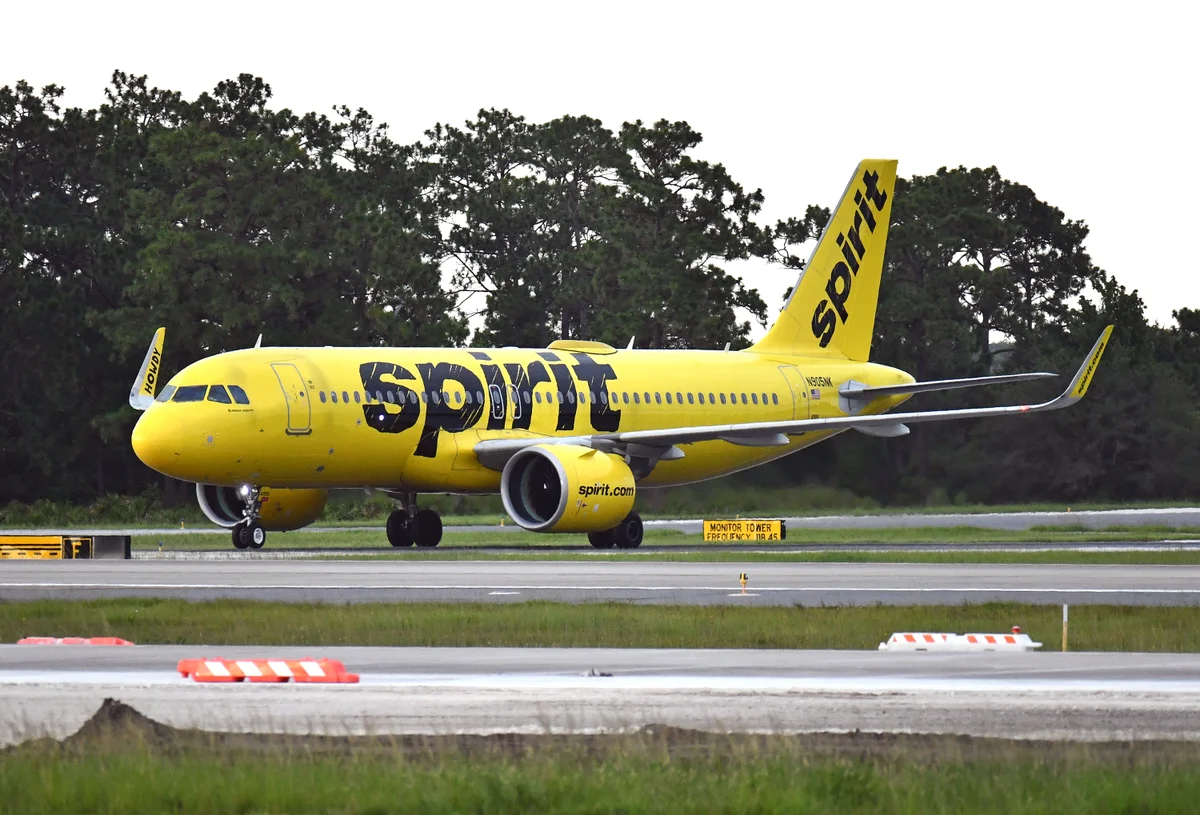Spirit Airlines has filed for Chapter 11 bankruptcy protection for the second time in less than a year, a move that underscores the deepening financial challenges facing the ultra-low-cost carrier.
A Second Attempt at Survival
The airline first filed for bankruptcy in late 2024, hoping to reduce its debt burden and streamline operations. That restructuring, however, failed to resolve key financial pressures. Spirit still carried more than $2 billion in debt, with costly aircraft leases and ongoing technical issues related to its engines leaving the company vulnerable.
By returning to court, Spirit is seeking to shed additional aircraft, renegotiate contracts with creditors, and reconfigure its network. Executives say the company intends to focus more heavily on its strongest hubs, including Fort Lauderdale, Orlando, and Detroit.
Flights Continue—for Now
Despite the financial turmoil, Spirit has reassured passengers that flights will continue to operate. Ticket sales remain open, and the airline insists that loyalty programs and scheduled flights, including those during the busy Labor Day travel period, will not be affected. Employees and contractors will also continue to receive pay.
The Risks of “Chapter 22”
Industry analysts note that filing for bankruptcy twice in such a short span—a situation often referred to as “Chapter 22”—is especially risky. While major airlines like United and American have previously emerged from bankruptcy to thrive again, repeat filings raise the specter of potential liquidation if Spirit cannot execute a successful turnaround this time.
Competition and Possible Merger Talks
The low-cost carrier market has grown increasingly competitive, with rivals such as Frontier Airlines and larger carriers expanding into routes Spirit once dominated. Reports of renewed interest in a potential merger with Frontier have resurfaced, though no deal has been announced. A merger could provide Spirit with the scale and stability it currently lacks, but it would also mark the end of its independent operations.
What’s at Stake
Spirit’s future now hinges on whether it can successfully cut costs while reinventing its business model. The company has hinted at introducing more premium offerings to attract higher-paying passengers, even as it works to preserve its budget-friendly appeal.
For travelers, the uncertainty creates questions about long-term reliability. For the industry, Spirit’s struggle highlights the challenges of sustaining an ultra-low-cost model in a market battered by high operating expenses, shifting travel habits, and relentless competition.
The coming months will determine whether Spirit Airlines can once again lift itself out of financial turbulence—or whether this bankruptcy marks the beginning of the end.
















Leave a Reply